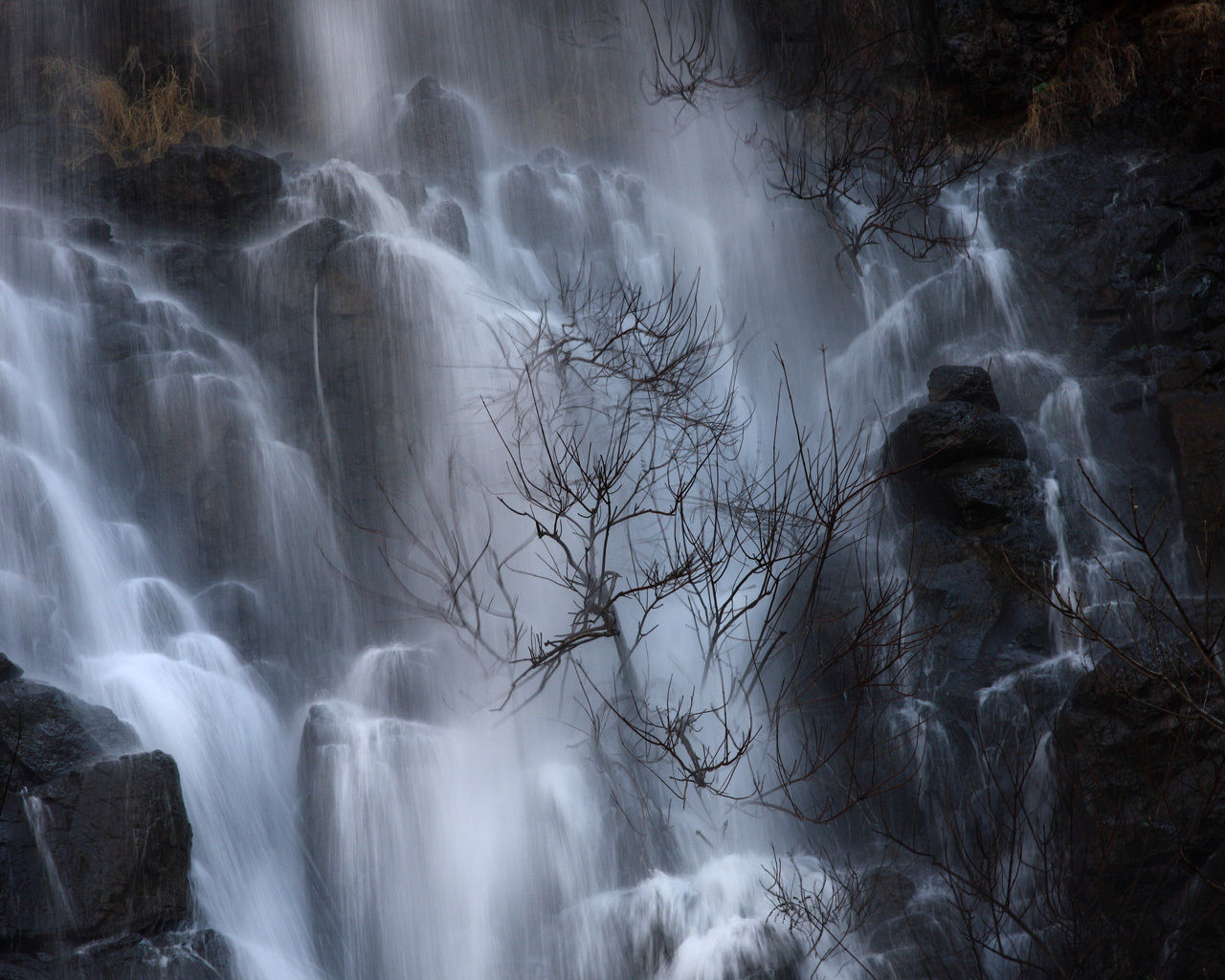
Creating depth
When objects are first drawn, we view them straight on and draw the basic, most defining lines first. This gives you a basis for defining the object from a shape to an actual 3D picture of the subject. But how do we define an object? Shading. By adding shading to a shape drawing, you give it the illusion of depth and thus the appearance of a 3D object. An example of such is shown in the figure below, demonstrating how to give depth to a circle and turn it into a sphere.
Now how do we do this? Depth is created by separating the dark values of your shading from the light areas of your shading; this gives the drawing a sense of volume as if it has substance behind it. When creating highlights, you can either "save" the white of the paper by leaving areas of the paper white, or you can "retrieve" highlights by pulling out the value- removing graphite from the paper using a kneaded eraser that has been formed into a point. Value tells us more about a form than its outline does, so shading is essential to creating a likeness of any object. For example the shape of a square could be shaded to display dents or depressions in an object that would go un-noticed without it. That same square could be shaded to display a smooth, even surface with no blemishes what so ever. In any case, shading is the key. It helps to first create a gradient scale like the one below before starting a project, it will tell you the depth of darkness that any given graphite can produce and idea of how to start shading your project.
Skeletal Structure
When drawing faces, it is important to be aware of the underlying structure of the head. Although the bones and muscles aren't visible in the final drawing, they provide the framework for the drawing, establishing the shape of the head and guiding the placement of features. Having a good understanding of the basic anatomy of the head will lend realism and credibility to the final piece. By studying the bones of the skull and the way they affect the surface of the skin you can correctly place curvatures, ridges and other prominent features of the head. Take a look at Bob and determine where a bone structure might make a significant difference in the facial features of the subject. How would a certain feature change it the bone was slightly more pronounced? More depressed? Below are some basic drawings detailing how the skeletal structure affects the features of an individual.
Muscle Structure
A basic understanding of the muscle structure of the face will help you determine how different emotions and expressions will affect the features of the face. When facial muscles contract, they affect the shape of the skin; cartilage and underlying fatty tissues that cause bulges, furrows, and other forms that create the various facial expressions. You can think of this by considering the difference between a grin and a frown. How do the muscles more to create these expressions? Can you define where they have moved and the new forms that are created by them? What about when you raise or lower your eyebrows? What happens to the skin around them? A great example of how the muscle affects the outward appearance of the human form is to look at the large muscles in the neck. Consider the figure below. The large muscles in the neck and the clavicle bone twist when the head is turned. During this the muscles and the clavicle are visible, even beneath the skin; they create a bulge or tension that is evident on the surface.
The Planes of the Face
Once you understand the basic structure of the head, you can simplify the complex shapes of the skull into geometric planes. These planes are the foundation for shading, as they act as a guide to help you properly place highlights and shadows. The figure shown below details how the planes of the face would appear when lite from above. When light comes from above, the more prominent planes of the face- such as the bridge of the nose and the cheekbones- are highlighted. The eyes, which recede slightly, are shadowed by the brow; the sides of the nose, the bottom of the chin, and under the neck are also in shadow.
Now, the features are shaded differently when light hits the side of the face. The eyes are still in shadow, but the side of the face and the neck are now highlighted. The shading on the head becomes darker as it recedes towards the neck; the sides of the cheeks appear "sunken"; and the ears cast shadows on the back of the head.
The Structure of the Human Face.









© 2013 by Sabrina Jensen.